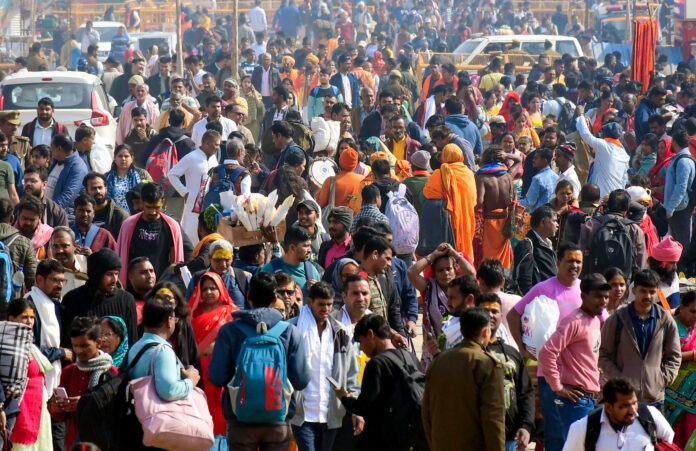
India’s demographic accounting is headed for a paradigm shift as the nation prepares for its first-ever fully digital Census in 2027. The Ministry of Home Affairs recently issued a Gazette notification confirming that the 16th national population count will be powered by mobile technology, real-time syncing, and self-enumeration. The exercise will also mark the return of caste enumeration, absent since 1931, as part of a broader push for data-driven policy.
This marks a departure from the traditional pen-and-paper-based enumeration that has defined India’s Census methodology for over a century. Data will now be collected using smartphones and tablets via applications compatible with Android and iOS. Enumerators will be expected to use their own mobile devices, with real-time data syncing to a central database.
The Census will be conducted in two phases: Housing Listing and Housing Census (HLO) in April 2026, followed by Population Enumeration (PE) in early 2027. The reference date for most of India will be March 1, 2027. However, for snowbound areas like Jammu & Kashmir, Ladakh, Himachal Pradesh, and Uttarakhand, the reference date is advanced to October 1, 2026.
A key logistical feature will be the administrative boundary freeze from January 1, 2026, to March 31, 2027. This is to prevent jurisdictional confusion due to reorganisation of districts or panchayats, which may otherwise affect the continuity and accuracy of data.
For the first time, citizens will also be able to self-enumerate through a web portal. Available in Hindi, English, and regional languages, this option aims to increase participation, reduce human error, and cut down on processing time.
The training architecture for the mammoth exercise includes a three-tier structure comprising National Trainers, Master Trainers, and Field Trainers. Around 34 lakh enumerators and supervisors will be trained under this system. A nationwide campaign will also be rolled out to create awareness, with a special focus on ensuring participation from remote and marginalised communities.
But the most debated addition to the Census is caste enumeration. With caste-based reservations, welfare schemes, and electoral boundaries deeply embedded in India’s social fabric, this dataset is expected to have far-reaching policy implications. Supporters argue that it will allow for more targeted welfare interventions, while critics fear it may deepen social divisions.
With India’s population crossing 1.46 billion, accurate and timely data is essential not just for welfare delivery but also for shaping the country’s development priorities. From education to healthcare, housing to infrastructure, the Census serves as the bedrock for resource allocation and policy planning.
While challenges such as digital literacy gaps and internet accessibility remain, the 2027 Census could mark the beginning of a more agile, accountable, and inclusive data governance framework for India.


